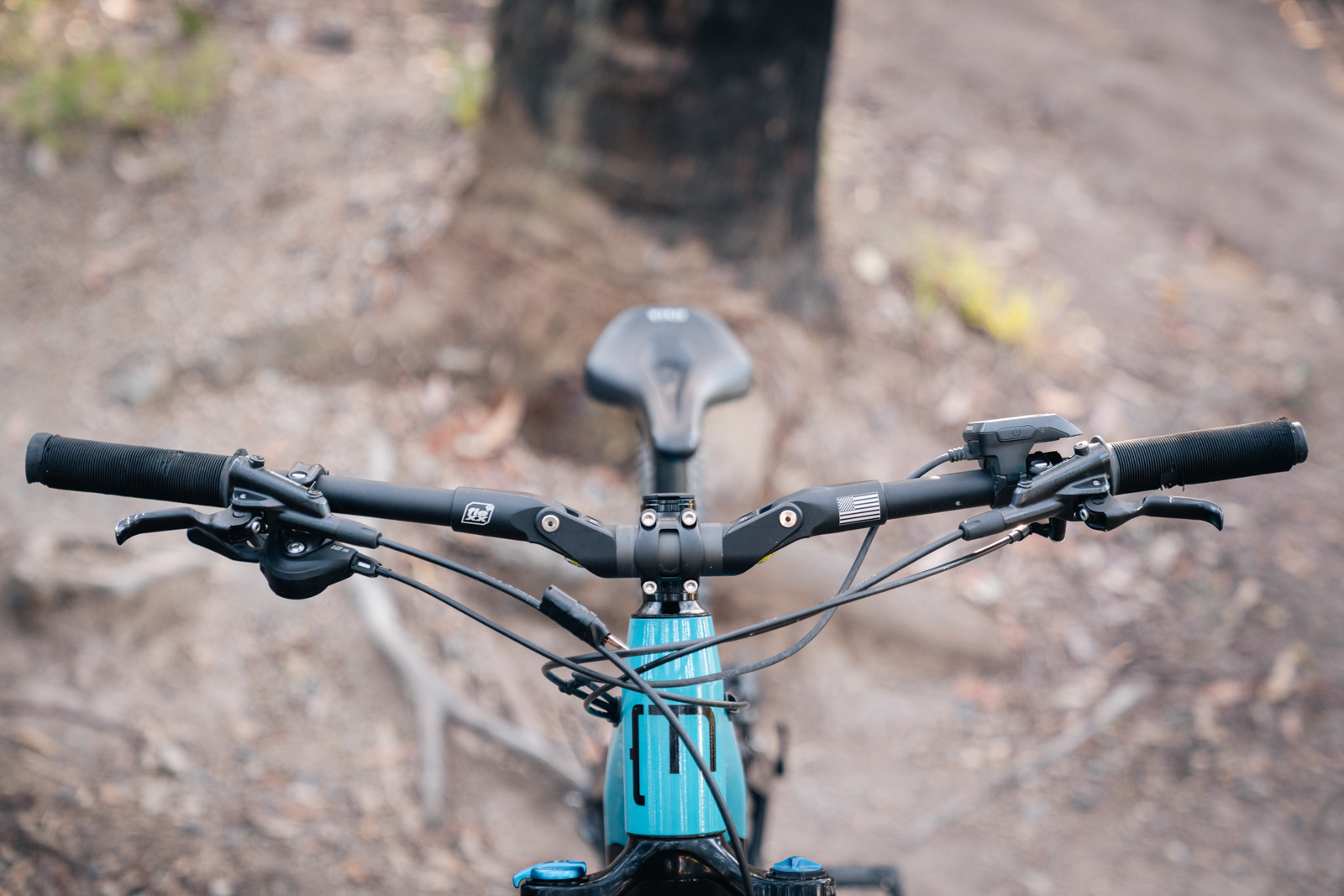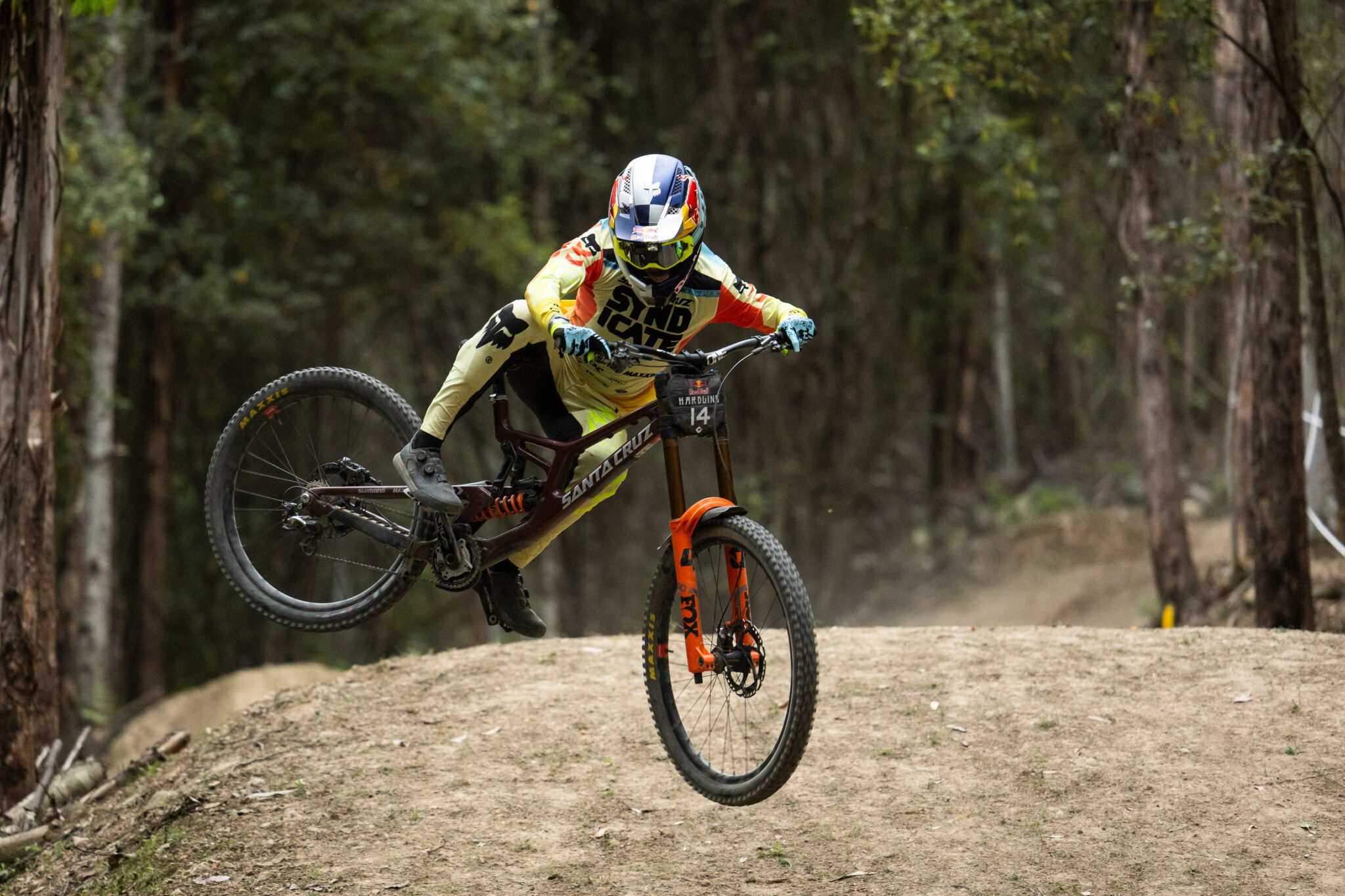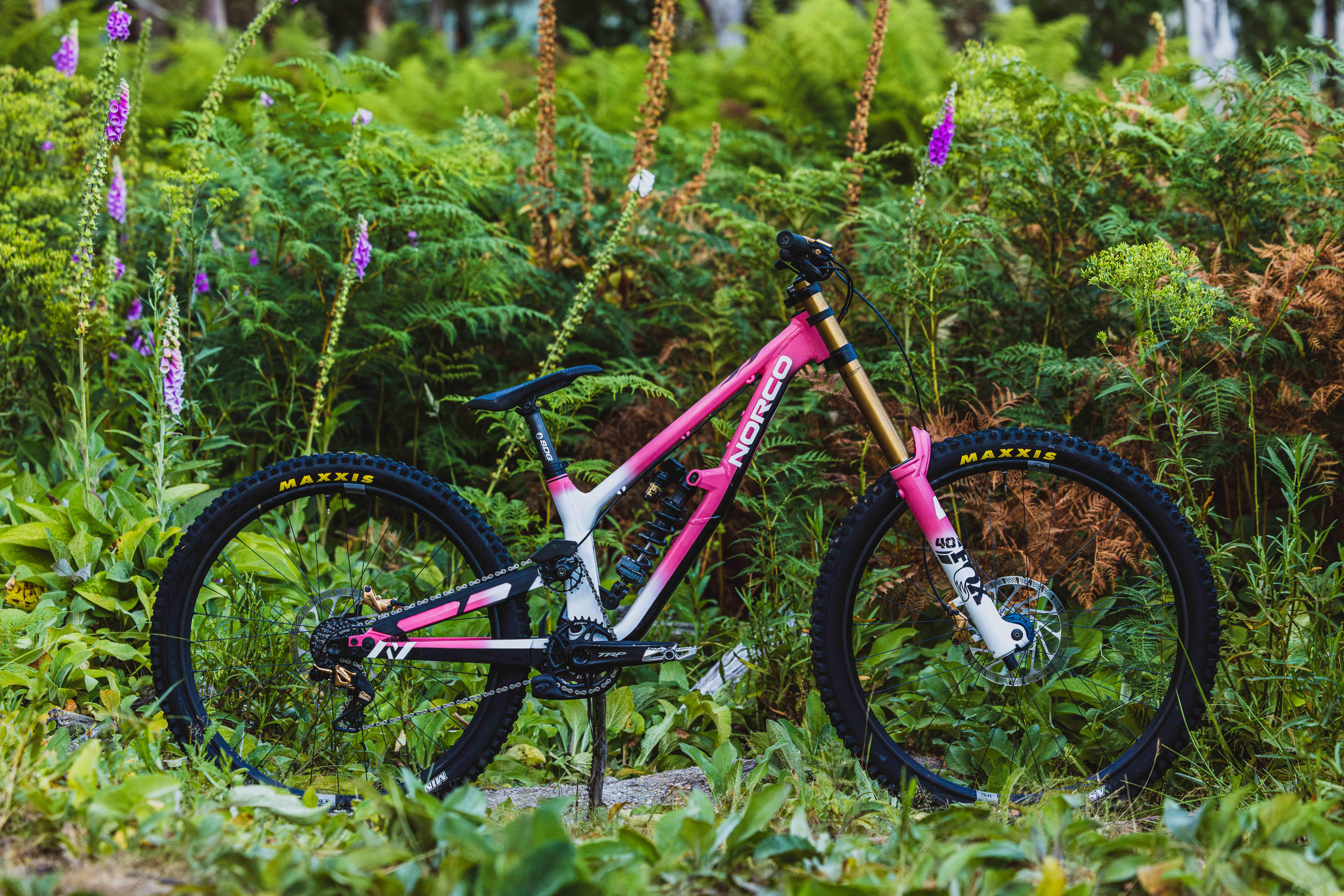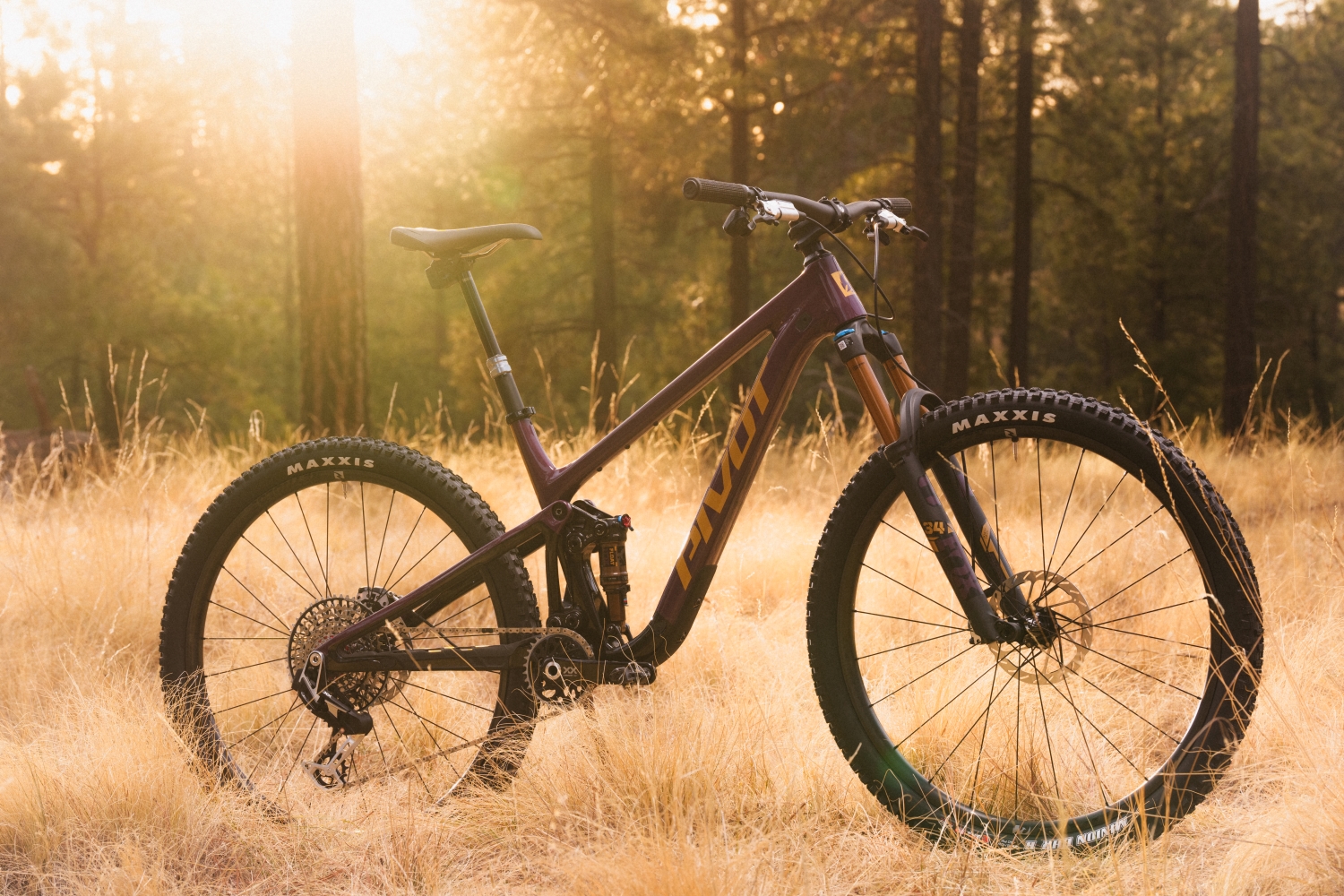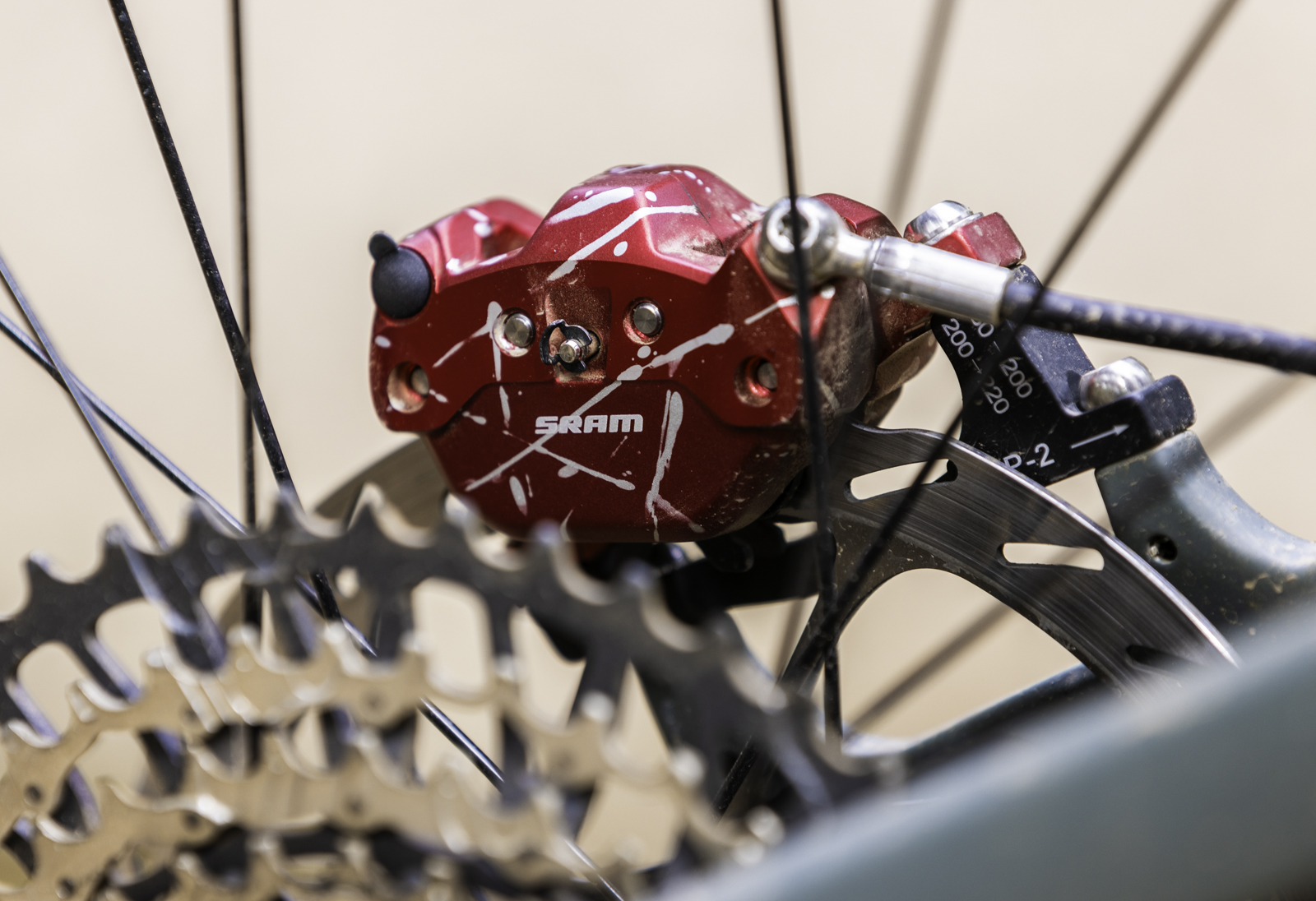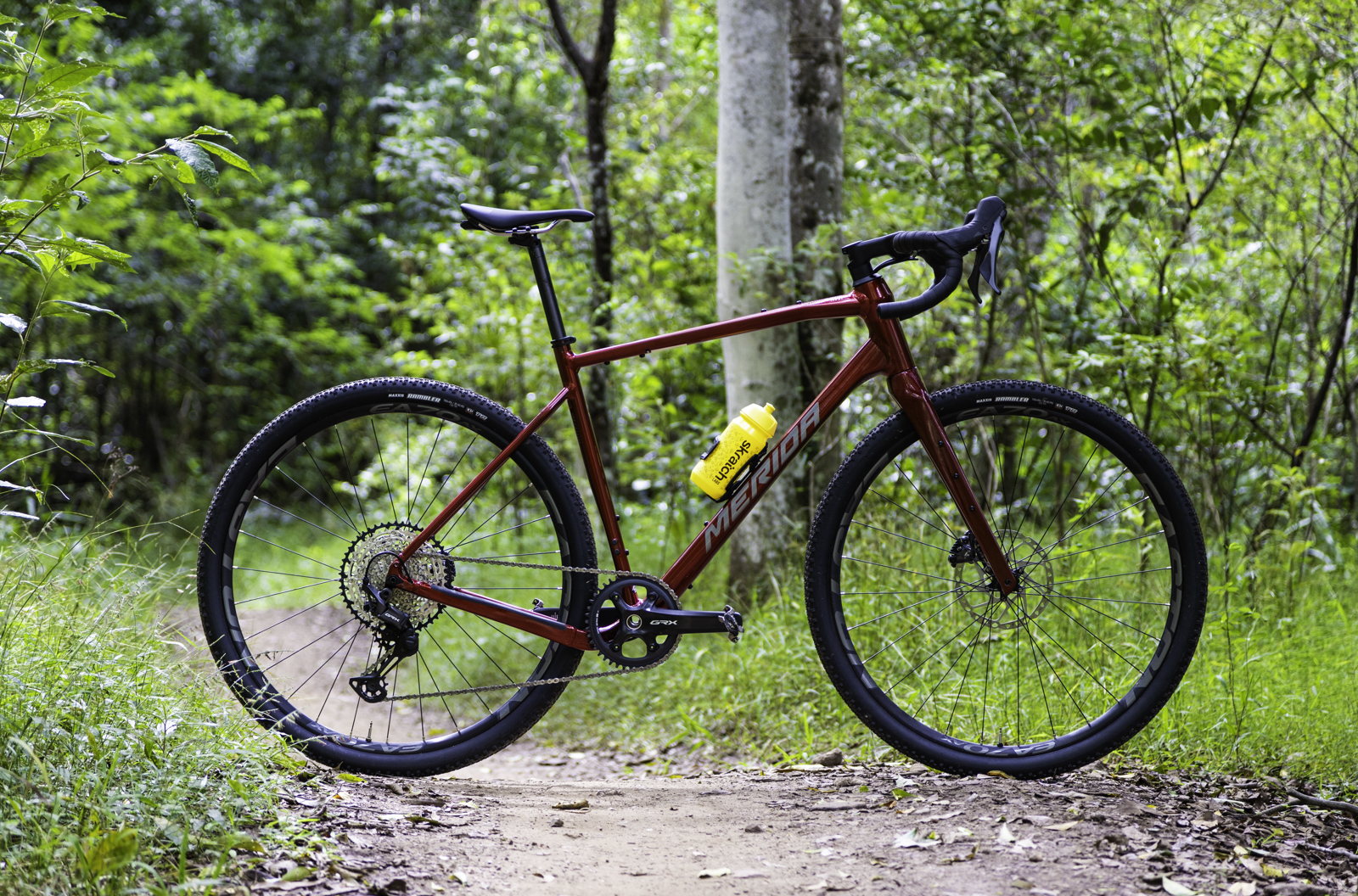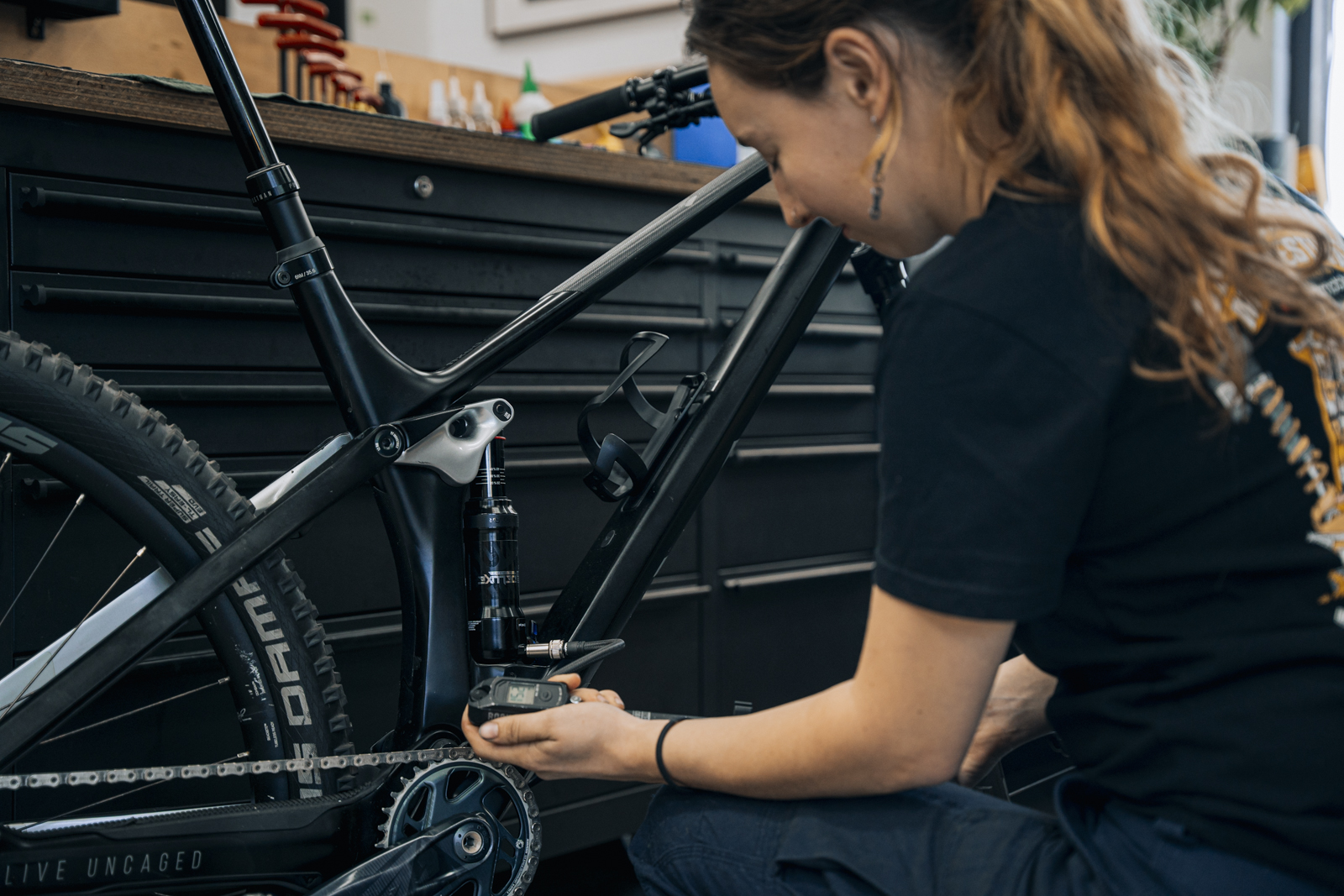TESTED: Fasst Flexx eMTB Handlebar
Flexy handlebars? It's no joke, the FAsst Flexx bars have suspension in them - and Will Shaw is a fan.
Words: Will Shaw
Photos: Edward Kelly
The Fasst Flexx eMTB Handlebar is a product that’s starting from a tough position. Often compared to the Girvin Flexstem, and being judged negatively at first glance, the biggest hurdle Fasst face is consumers giving their product a fair go. As someone who doesn’t care what’s cool or popular at any moment in time, I’m happy to try new components to see if they may offer an advantage.
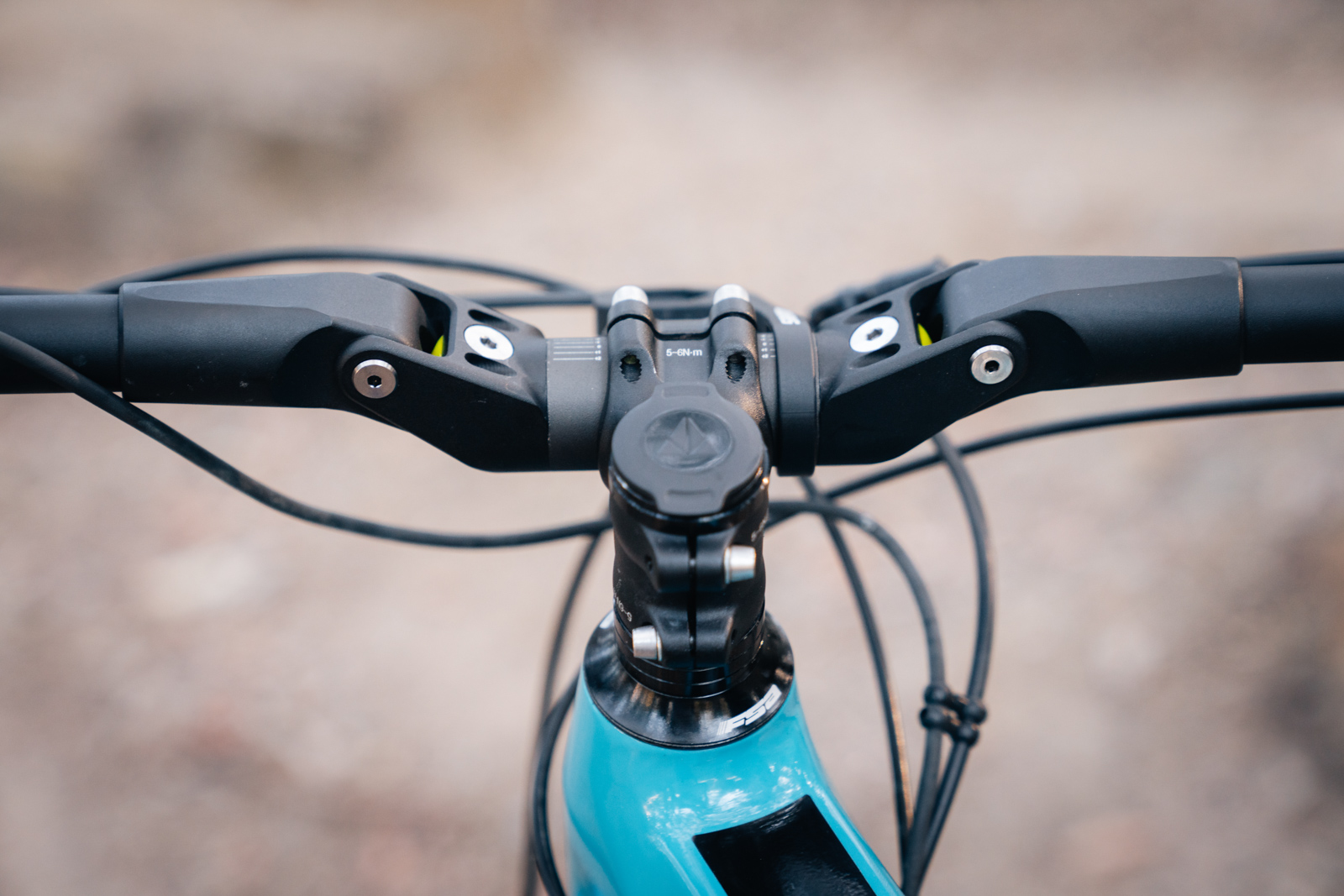
The claimed advantage of the Fasst eMTB Handlebar is reducing trail chatter and feedback through your hands and arms, and therefore hand or arm pump also. It does this by flexing at pivots on either side of the stem, with damping and rebound control provided by compression elastomers and rebound washers of varying degrees of stiffness. The handlebars offer approximately 5 degrees of flex (depending on their width) in the same plane as your suspension fork, whilst remaining stiff laterally to ensure steering precision. This is where the Fasst handlebar differs drastically from a product like the Girvin Flexstem, which doesn’t flex in the same plane as your suspension and results in sub-optimal handling characteristics.
The eMTB bars I’ve been testing are built in Southern Utah from 7075 Aluminium, with 6Al-4V Titanium hardware. The bars come with three different sets of elastomers and rebound washers: soft (blue), medium (yellow), and hard (black). The fitted elastomer/rebound washer combination is red, which is the most popular setup and aimed at riders between 68kg – 99kg riding anywhere from trail to downhill.
Fasst also offer an Enduro and Downhill handlebar as part of their range. The eMTB and Enduro are the same handlebar, but they’re listed separately on Fasst’s website to indicate the handlebars have been rated for eMTB usage, with Logan Binggeli being one of their US based test riders. The bars ship at 800mm wide, and I chopped mine down to 760mm out of the box. Where the pivots are located makes aligning the bar easy, and refining your fit is helped by bar roll indicators. Fasst do advise against rolling the bars too far forwards or backwards, as this would alter the path the bar is flexing in.
The bar is offered in two models with 8 degrees and 12 degrees of backsweep, and I opted for the 8-degree model. The bars come in a 31.8mm diameter and have 25mm of rise. The downhill bars feature mostly the same specifications, although they have a 73mm centre section (as opposed to 63mm on the eMTB and Enduro bars) to allow for a direct mount stem to be used, and this wider centre section results in an overall bar width of 810mm.
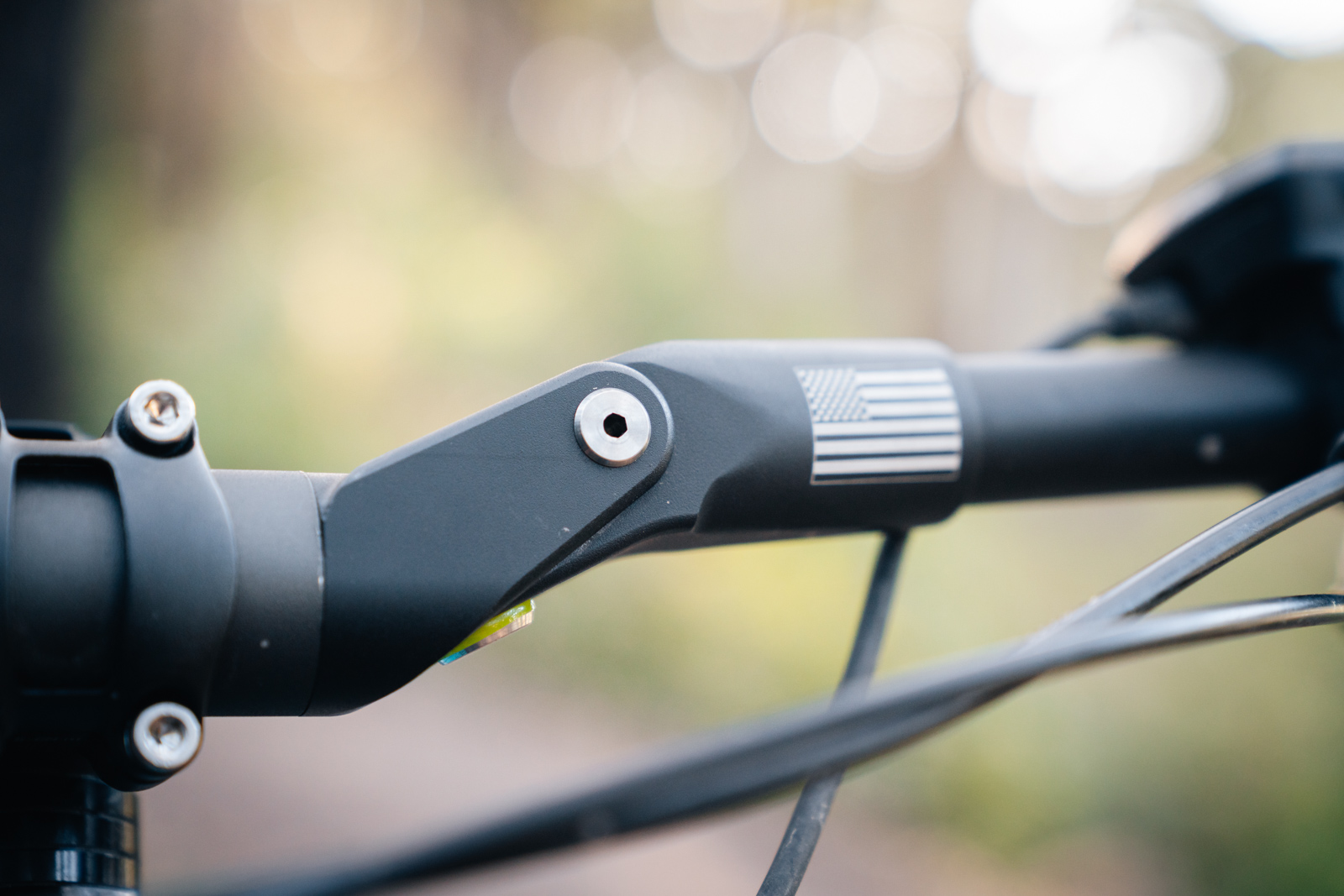
I’ve got the alloy bar model, which weighs in at 550 grams uncut at 800mm. My test set weighed in at 521 grams cut to 760mm. This makes the Flexx bars over 200 grams heavier than many popular alloy DH/Enduro bars on the market. The price is worth mentioning also, as these bars aren’t cheap at $559.95. The Enduro/eMTB handlebar is also offered in a carbon model, which is said to save around 100 grams uncut, and retails for $699.95.
On the trail
I began riding on the red compression/rebound setup the bars came with, however I couldn’t feel a great deal of difference at first, so I moved to an all yellow (softer) setup. Swapping out the elastomers and rebound washers is a very simple process and can be done easily between rides to dial in your setup. Fasst have a sub two-minute video on their website showing this process.
I normally weigh anywhere from 82kg to 85kg, so I’m in the middle of the range for the red elastomer/rebound washer setup, and with the yellow setup I’m outside of Fasst’s recommended range of 63kg to 75kg. Despite being around 10 kilograms heavier than the recommended upper limit, Fasst Australia assured me there’s no safety issues with running a softer setup than they recommend.

With the all yellow setup I felt more of a difference with the Fasst bars. Whilst I’d done a few weeks of riding locked down on two-minute descents, once I could go further afield, I went straight to a downhill trail with a 7-minute descent that’s about as chopped up as it gets. Whilst I was still feeling some arm pump in the latter half of the trail, back-to-back riding with a regular handlebar on the same bike proved there was less feedback coming through the bars. The onset of arm pump happened earlier with the regular bars, although I’d already done a couple of laps on the Fassts so this could have been impacted by cumulative fatigue.
The next setup I tried was yellow compression elastomers mated with red rebound washers. You can mix and match a softer elastomer with one level firmer in rebound, and this will give you the supple damping of the softer elastomer and a more controlled return after compressing due to the firmer rebound damping. Swapping from the yellow rebound washer to a red one is immediately noticeable when you do a few bounces out on the street.
The combination of a yellow elastomer with a red rebound washer was spot on for me out on the trail. The supportive damping remained, but the firmer rebound washer meant I couldn’t feel the bar returning as fast as it did with the yellow rebound washer when I pulled up. Whilst this setup didn’t eliminate arm pump for me on long descents, further back-to-back testing with a regular handlebar proved the Fasst Flexx does delay the onset of arm pump on long and rough trails. If you like long descents and suffer from arm pump, any assistance is much appreciated!
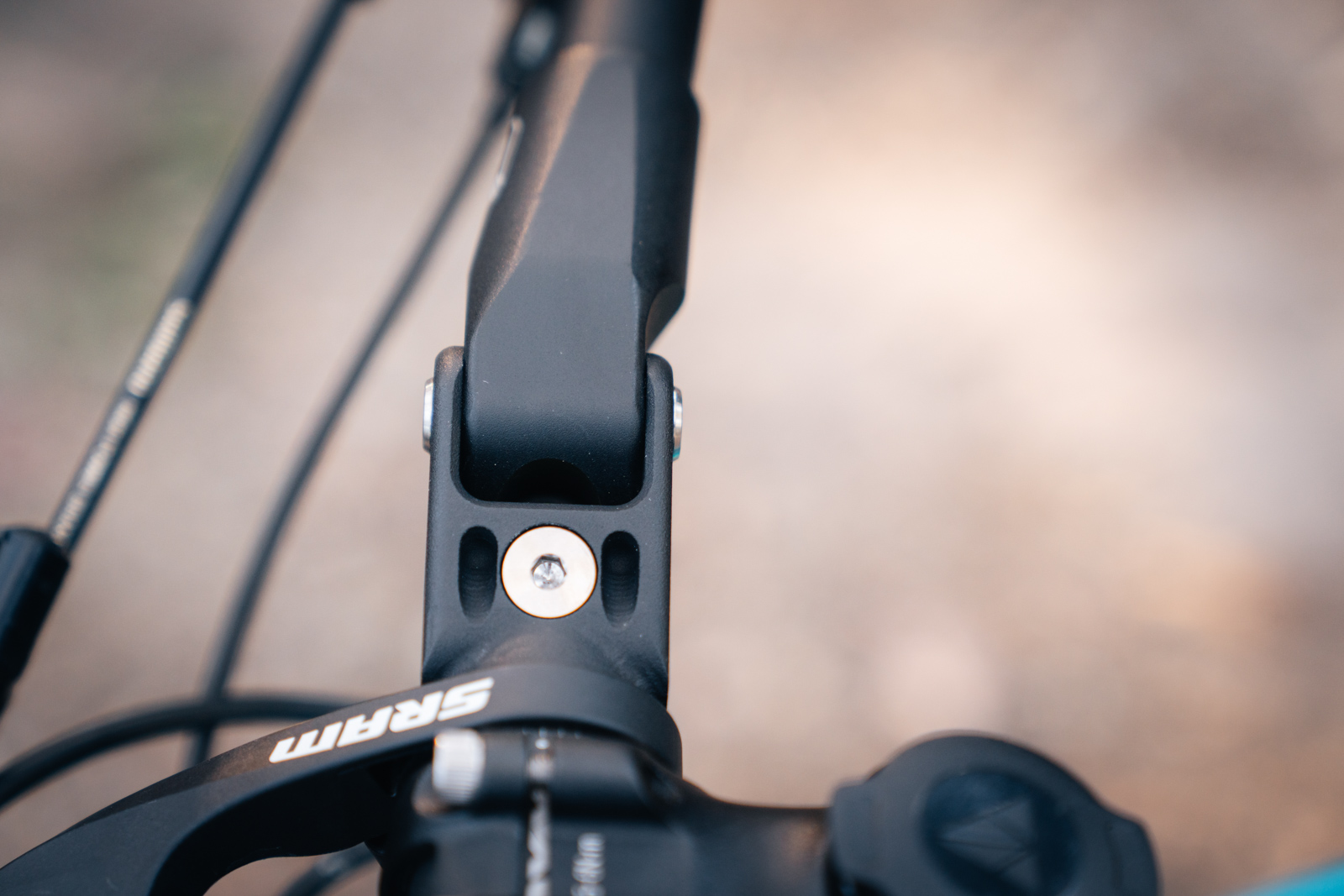
The two other setups are blue and black. The blue elastomers are aimed at a weight range under 63kg, whilst the black elastomers are aimed at riders over 86kg, and Fasst claim their pro athletes prefer this setup (which is unsurprising considering how much harder pro gravity athletes push their equipment). I put the blue elastomers in to feel how soft they are on the street, but I didn’t try that setup on the trail as the amount of movement with my weight was unnerving. I tried the black setup, but it was too stiff for me. It’s good to see there’s a large spectrum of compression and rebound characteristics, so I’d imagine almost every rider would find a setting that’s offering what they want.
I ran the bars with a computer mount out the front of the handlebars, which fit nicely. If you’ve got an eMTB with a centrally mounted display I’d recommend checking out Fasst’s website regarding eMTB display compatibility. If you’ve got any questions about display mounting for any type of bike you can get in touch with Fasst, and I found their communication to be top notch.
Overall
Overall, the Fasst eMTB handlebar delivers on its claims, which is increased comfort and control on the trails, particularly in arm pump inducing situations. When you consider the alloy bars are over 200 grams heavier than popular Enduro/DH handlebars such as the Renthal FatBar and Burgtec Ride Wide DH, and around quadruple the price for the alloy model, they have to offer something pretty good to be worth considering! If you’re an arm pump sufferer focussed on gravity riding however, in my opinion they make enough of a difference for the weight and price penalty to be worth it.
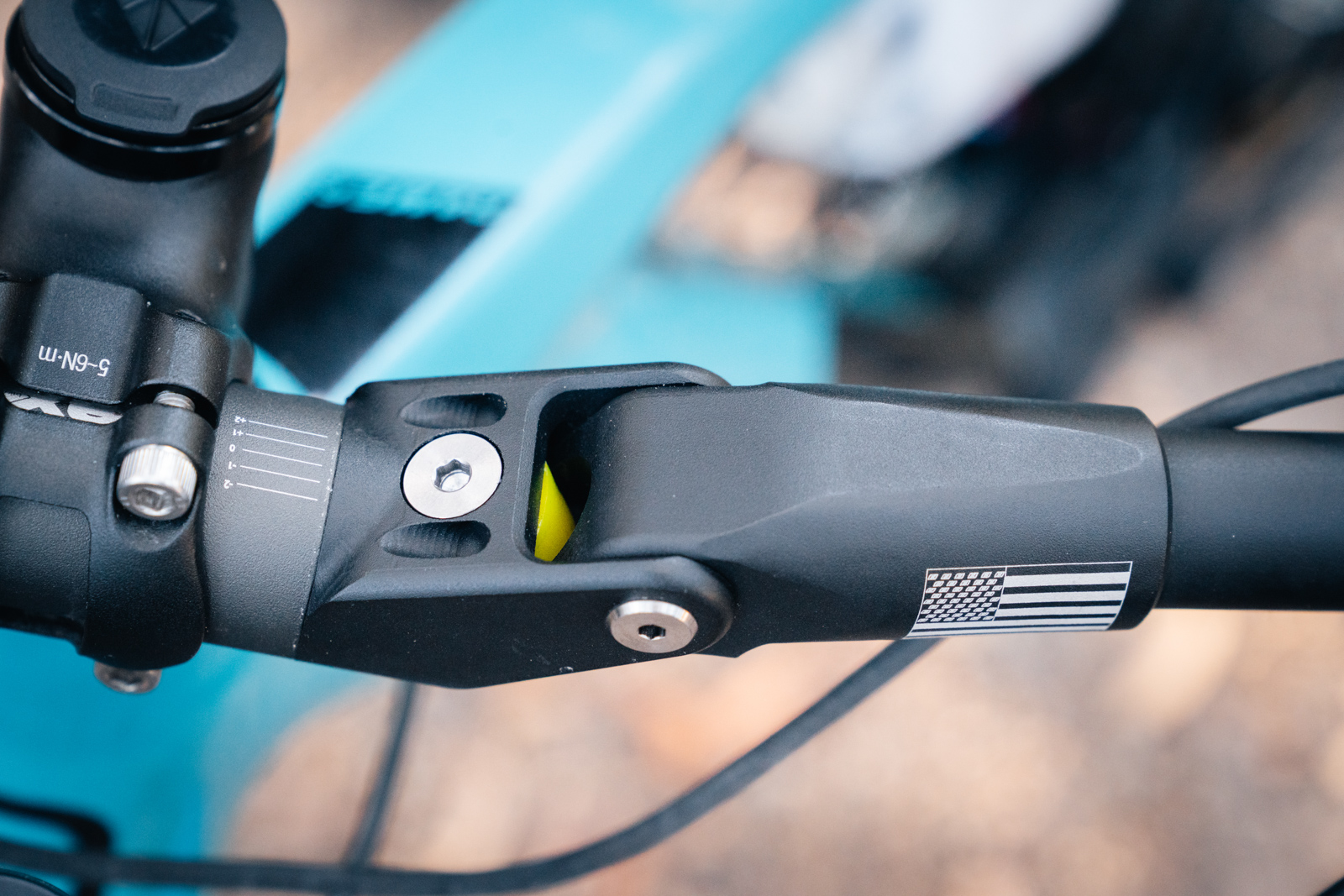
A nice touch from Fasst is their 30-day ‘Ride it, Believe it’ money back guarantee. As it sounds, this is essentially a 30-day period where if you’re not happy with the performance of the bars after 30 days, you can ship them back for a full refund. One thing to note with this program is you can’t chop your bars down to be eligible for this offer. I think thirty days should give you plenty of time to do some back-to-back testing and make your mind up for yourself!
Hits:
- Any relief to hand and arm pump is welcome, and I found they delivered on this claim
- Huge range of simple adjustability
- High quality construction and customer service
Misses:
- Very expensive for a handlebar
- Adds additional bolts you need to check on your bike
- Heavy
Price: $559.95 (alloy), $699.95 (carbon)
From: fasstcoaustralia.com.au

